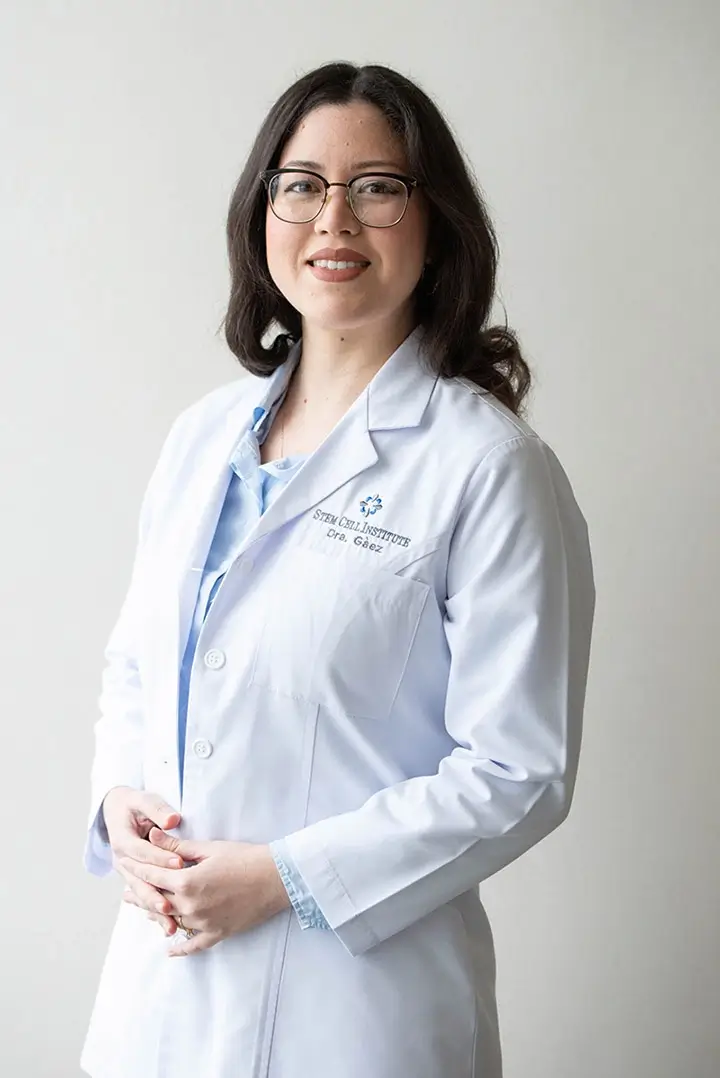With an advance that offers hope to hundreds of children crippled by the rare disease, scientists have successfully used stem cells to treat muscular dystrophy.
In a world first, dogs severely disabled by a canine variety of the condition, were able to walk freely, run, and even jump, after receiving stem cell injections.
Italian researchers said the first trials on children could commence within two years while British experts have described the results as “startling” and as a potential cure.
The most common form of the terminal condition is Duchenne muscular dystrophy. Affecting 100 babies born each year in the UK, the study focused on this particular form of the condition.
Youngsters become entirely incapable of walking by the age of 11 and most experience difficulty before the age of three. The muscle wasting disease is most common in boys.
Sufferers tend to die when they reach their 20’s due to the weakening of the heart and lung muscles. There is no known cure.
To regenerate wasted muscle, the study examined the ability of stem cells – master cells with the potential to develop into other types of cells.
Injections of stem cells were administered to golden retrievers suffering from a condition comparable to the human variety.
After a series of injections, those that had been in the early stages of the disease had not developed any symptoms, while previously crippled animals were able to jump and run.
The effects have opened the door for human trials said the researchers from San Raffaele Scientific Institute in Milan who were writing in the journal Nature.
Treatment of other types of muscular dystrophy and even age-related muscle wasting could be an extended approach.
More ethically acceptable than taking cells from an embryo, the human trials will use adult stem cells taken from the child or teenager.
Professor Dominic, of Imperial College London, said: “This exciting study is a major step forward in demonstrating the potential of stem cells to treat Duchenne muscular dystrophy, a fatal muscle wasting disease.”
Professor George, of the University of London, described the research as “startling in its simplicity and success”.
Dr. Peter, of Nottingham University, said: “The importance of this result is not only in providing a potential cure for a currently incurable condition but also in the use of adult stem cells.
“The use of these cells avoids the controversial use of embryonic stem cells. In addition, the relatively easy delivery of these cells via the blood stream makes this a viable method to treat human patients.”
Dr. Marita, of the Muscular Dystrophy Campaign charity, cautioned that research was still at an early stage.
She added: “If it does prove to be successful in humans, this technology has the potential to develop into an efficient and groundbreaking treatment not only for Duchenne, but also other muscular dystrophies.”

